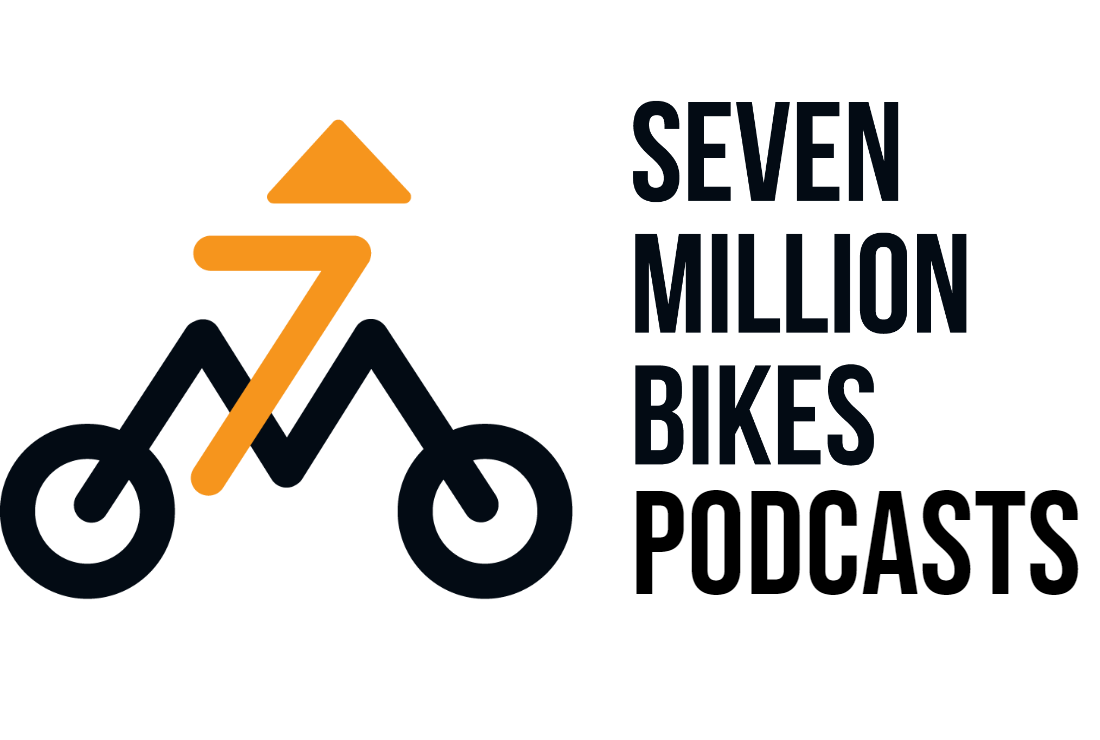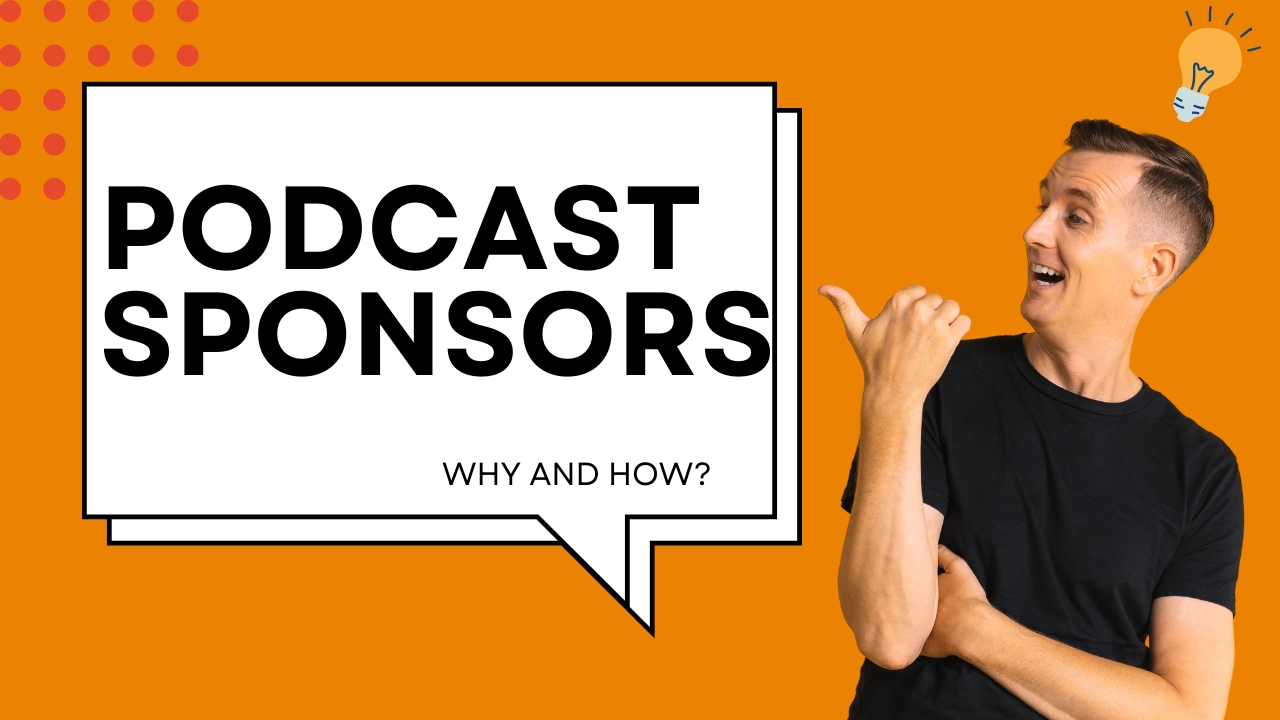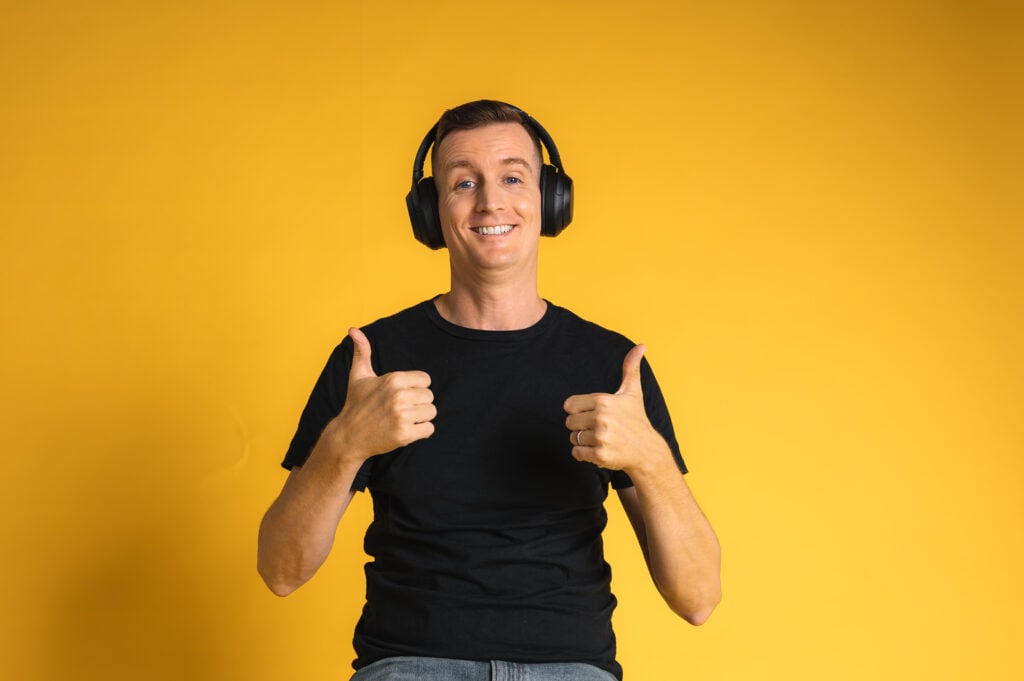Ever wondered how your favorite podcasts make money? The answer is often sponsorships. Whether you’re just starting out or already growing your audience, learning how to get podcast sponsors can turn your passion into a profitable project.
My name is Niall Mackay, founder of Seven Million Bikes Podcasts. I started my podcasting journey as a hobby but now I am offering podcasting services to help others launch their shows. However, I still do podcasting, which is “A Vietnam Podcast”. Sponsorship for this show has never been a priority for me but over the years I have had one or two. And recently I partnered with two local brands who now sponsor for the show.
This blog is a complete guide on how to get podcast sponsors, use dynamic ads, and grow revenue from your show, even without massive downloads.
Table of Contents
What is Podcast Sponsorship?
If you’re wondering how to get podcast sponsors, the first step is understanding what podcast sponsorship really means.
Podcast sponsorship is when a company pays you to mention their product, service, or brand in your podcast. It’s one of the most popular ways podcasters make money. In most cases, the sponsor wants to reach your audience because they trust your voice and the connection you’ve built with your listeners.
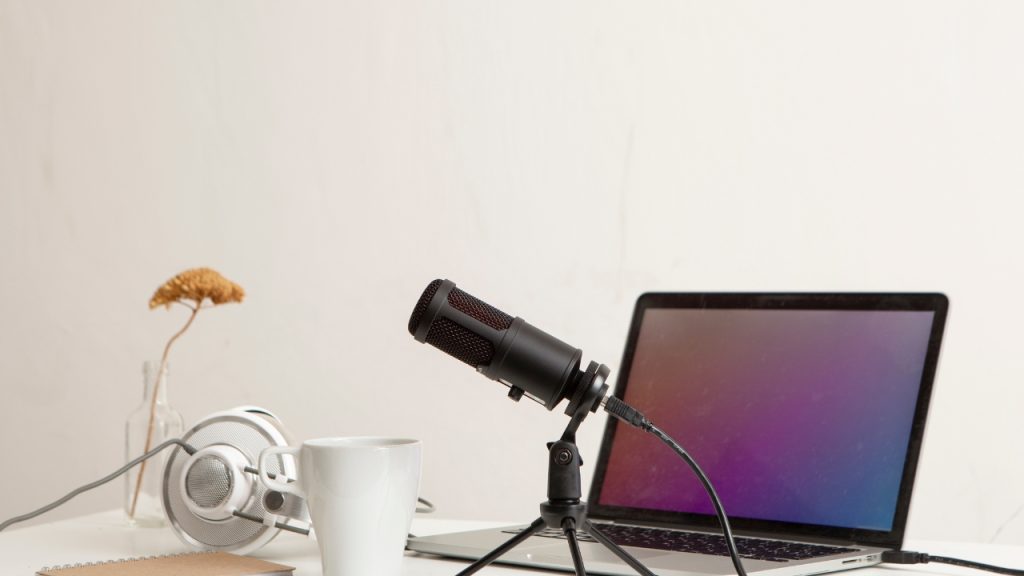
Types of Podcast Sponsorships
There are a few main types of podcast sponsorships, and they’re usually based on when the sponsor’s message is placed in your episode:
- Pre-roll ads – These play at the beginning of your episode, usually within the first 15–30 seconds. They’re short and to the point.
- Mid-roll ads – These are placed in the middle of the episode and can be longer, often around 60 seconds. They’re considered the most valuable because listeners are already engaged.
- Post-roll ads – These are played at the end of your episode. While they may get fewer listens, they can still be useful if your listeners stay until the end.
Moreover, podcast sponsorships are also divided into 2 other types:
- Baked-In Ads:
The host will read the ad live during your episode, and it will stay there forever. This has been the traditional approach for years, and it’s still common.
- Dynamic Ads:
They are pre-recorded ads that are automatically inserted into episodes by your podcast host. The big advantage? They can be added or removed across your entire catalog, not just one episode.
What To Choose
When people talk about how to get podcast sponsors, they often mention CPM pricing — short for “cost per mille,” or the cost per 1,000 downloads.
Here’s how it usually breaks down:
- $18–$25 CPM for pre-roll ads (at the beginning of the episode)
- $25–$40 CPM for mid-roll ads (in the middle of the episode)
- $10–$20 CPM for post-roll ads (at the end of the episode)
So, if one of your episodes gets 1,000 downloads in the first month, you might charge $25 for a mid-roll ad in that episode.
The problem? Many smaller podcasters don’t get those numbers on a per-episode basis. But if you’re using dynamic ads and looking at total monthly listens across all episodes, you might have a much better number to work with, like 2,000, 5,000, or more. That gives you more leverage.
In my case, a single episode might get 150 downloads in the first week. But my whole catalog gets around 2,500 listens a month. That’s why I offer dynamic ads — the sponsor’s message goes on every episode, not just one.
Direct Sponsorships vs Podcast Ad Networks
When you’re learning how to get podcast sponsors, it’s important to know the two main paths:
- Direct sponsorships
You connect with a brand or company directly. This gives you more control over the deal, including pricing and how the message is delivered. It’s often better for niche podcasts with loyal audiences.
These are third-party platforms like Podcorn or AdvertiseCast that connect podcasters with advertisers. They make it easier to find sponsors but often take a cut of your earnings. This can be a good option if you want to focus more on creating content and less on sales.
When Should You Start Looking for Sponsors?
A common question many podcasters ask is: “When should I start looking for sponsors?” If you’re just starting out, it might feel too early—but with the right strategy, you can start preparing for sponsorships from day one.
Timing is important. Reaching out too soon, without the right audience or content consistency, might hurt your chances.
Ideal Podcast Milestones
You don’t need to be the next Joe Rogan to start monetizing. In fact, many smaller podcasts with engaged niche audiences are landing sponsorship deals today. Most brands look for certain signs that your podcast is worth sponsoring. Here are a few milestones that show you might be ready:
Download numbers
While there’s no magic number, many sponsors start taking notice when your podcast gets 500–1,000 downloads per episode. Some niche brands may even work with smaller shows if the audience is highly targeted.
- 500–1,000 downloads per episode – This is often the minimum for small, niche sponsors.
- 2,000+ downloads per episode – More brands become interested at this level.
- 10,000+ downloads per episode – You’re likely able to negotiate higher rates and attract well-known sponsors.
Remember: These are just guidelines. If you have fewer downloads but a tight-knit audience that trusts you, that can still be very attractive.
If you want to look further for episode downloads, here are 5 Tips To The Top 5% Of Podcasts.
Listener engagement
Sponsors care about how much your audience listens, interacts, and takes action. High completion rates, reviews, and social media interaction are all great signs.
- Do listeners finish most episodes?
- Are they leaving reviews?
- Are they clicking on the links you mentioned?
- Do they follow and share your content?
High engagement tells sponsors that your listeners pay attention—and are more likely to take action when you promote something.
Niche audience
Having a focused, clearly defined audience is more valuable than having a huge but general one. If your podcast serves a specific group—like entrepreneurs, parents, or fitness lovers—you have a better chance of attracting sponsors in that space.
Ask yourself:
- Who is your podcast for?
- What problems do you help solve?
- What kinds of products would your audience actually use?
The more specific your audience, the easier it is to attract relevant sponsors who want to reach those exact people.
Build Trust and Consistency First
Even if your numbers aren’t high yet, sponsors still look at how consistent you are and how much your audience trusts you.
Before asking how to get podcast sponsors, ask yourself:
- Are you releasing episodes regularly?
- Do you show up for your listeners every week?
- Is your content high quality and helpful?
Sponsorship is more than just numbers—it’s about your relationship with your audience. If they listen to you, trust you, and follow your recommendations, that’s gold for any sponsor.
So focus on building a loyal audience first. The sponsors will come when the foundation is strong.
How to Attract Podcast Sponsors
Once your podcast is consistent and your audience is growing, it’s time to take the next step: attracting sponsors.
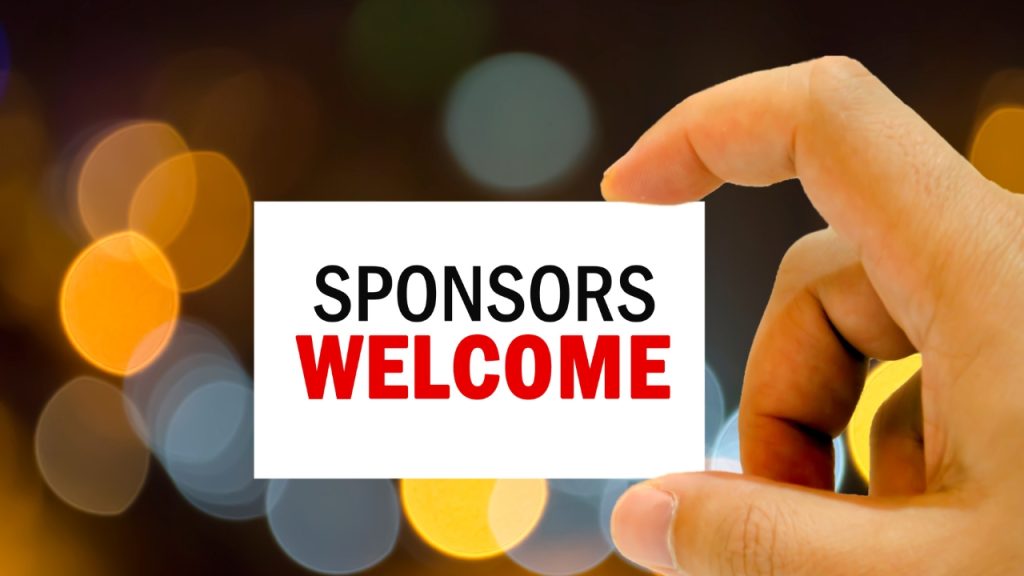
Knowing how to get podcast sponsors isn’t just about having a good show — it’s about presenting your value clearly to the right brands. Here’s how to make your podcast stand out and actually get noticed by potential sponsors.
1. Know Your Audience
Before you reach out to any company, make sure you understand your listeners. Sponsors don’t just want reach — they want the right reach. So ask yourself:
- Who are your listeners? (Age, gender, location)
- What are their interests? (Tech, fitness, parenting, entrepreneurship, etc.)
- What do they care about? (Health? Sustainability? Saving time?)
- How do they listen? (Do they finish episodes? Do they click your links?)
This information helps brands see whether your podcast is a good match for their products or services.
Tip: Use tools like Spotify for Podcasters, Apple Podcasts, or Chartable to gather listener insights.
2. Build a Podcast Media Kit
Think of your media kit like a podcast resume. It’s a simple, professional PDF or web page that tells sponsors who you are, who your audience is, and why they should work with you.
Your podcast media kit should include:
- Your podcast name, logo, and description
- Host bio and background
- Audience demographics and interests
- Download stats (average per episode, total downloads)
- Social media following (if relevant)
- Past sponsors or collaborations (if any)
- Sponsorship options (pre-roll, mid-roll, post-roll)
- Contact info
You can also add testimonials from listeners or sponsors if you have them! You don’t need to be a designer. Use free tools like Canva to create a clean, professional-looking PDF. Add a few audience stats and maybe a short testimonial if you’ve worked with sponsors before.
3. Highlight the Right Metrics
When learning how to get podcast sponsors, it’s important to focus on quality, not just quantity. Of course, sponsors want to see how many downloads you get, but they also want to know how engaged your audience is.
Focus on the metrics that show quality and engagement:
- Downloads per episode (average over 30 days is common)
- Total downloads (lifetime)
- Episode completion rates (how long people actually listen)
- Click-through rates on affiliate links or past sponsorships
- Listener reviews or fan engagement on social media
4. Create a Strong Sponsorship Pitch Email
When you’re ready to reach out, your pitch doesn’t need to be long or complicated. Keep it short, friendly, and focused on how you can help them reach their target audience.
Here’s an example:
Hi [Brand Name],
I’m the host of [Podcast Name], a show that reaches [audience type] who are passionate about [your topic]. We average around [number] downloads per episode and have strong engagement with our listeners. I think your brand would really resonate with our audience, and I’d love to explore a partnership.
I’ve attached our media kit, and I’d be happy to jump on a quick call if you’re interested. Looking forward to hearing from you!
Best,
[Your Name]
Tip: Always follow up if you don’t hear back within a week or two. Sometimes sponsors just need a little nudge!
Where to Find Podcast Sponsors
Now that you know how to attract sponsors, the next question is: where do you actually find them? If you’re wondering how to get podcast sponsors without waiting forever, here are a few reliable ways to start.
1. Reach Out Directly
Sometimes the best way to get a sponsor is to just ask. Think about brands your audience already loves — or products you’ve mentioned on your show. Visit their websites, find a marketing or partnerships contact, and send a friendly email explaining who you are and why your podcast is a good fit.
This is called cold outreach, and it works best when it’s personalized.
- Mention the brand by name.
- Show that you’ve done your research.
- If you have a media kit, attach it. If not, just include key stats in your email (downloads, audience type, etc.).
It may feel a little uncomfortable at first, but many podcasters land their first sponsor this way.
2. Join a Podcast Ad Network
If you don’t want to do all the outreach yourself, you can join a podcast advertising network. These platforms connect podcasters with advertisers who are already looking to sponsor shows.
Some popular podcast ad networks include:
- Podcorn
- AdvertiseCast
- Gumball
- Acast
- Libsyn Ads
Each platform works a bit differently, but most let you create a profile, list your show, and apply for campaigns that match your audience. It’s a more passive way to get sponsors, but it can be very effective — especially once you’ve built a few thousand downloads per month.

3. Use LinkedIn
LinkedIn is an underrated tool when it comes to finding podcast sponsors. Search for marketing managers or brand partnership leads at companies in your niche. Connect with them, send a quick intro message, and share your podcast. You never know who’s looking for creative ways to reach a new audience.
You can also share your podcast content on your LinkedIn feed. Show potential sponsors that you’re active, consistent, and serious about your show.
I’ve always told my clients and audience that LinkedIn is a powerful tool for networking. If you don’t know how to use it for its full potential, here is How To Use LinkedIn For Podcast Growth.
4. Go to Industry Events
Attending events — either podcasting-specific or related to your podcast niche — is a great way to meet potential sponsors face-to-face. Conferences, expos, or even local meetups let you build relationships that could turn into sponsorship deals later.
Bring business cards (or at least your podcast name and contact info), be ready to talk about your show, and follow up after the event. Even if someone isn’t ready to sponsor right away, they might keep you in mind for future campaigns.
Conclusion – How To Get Podcast Sponsors
Podcast sponsorship is a great way to turn your passion into a paycheck, which will give financial support for you to continue your show.
Now that you know how to get podcast sponsors, it’s time to take action. Start small, stay confident, and remember: the right sponsor is out there looking for a show just like yours.
If you need any help with producing and launching your show contact me NOW.
